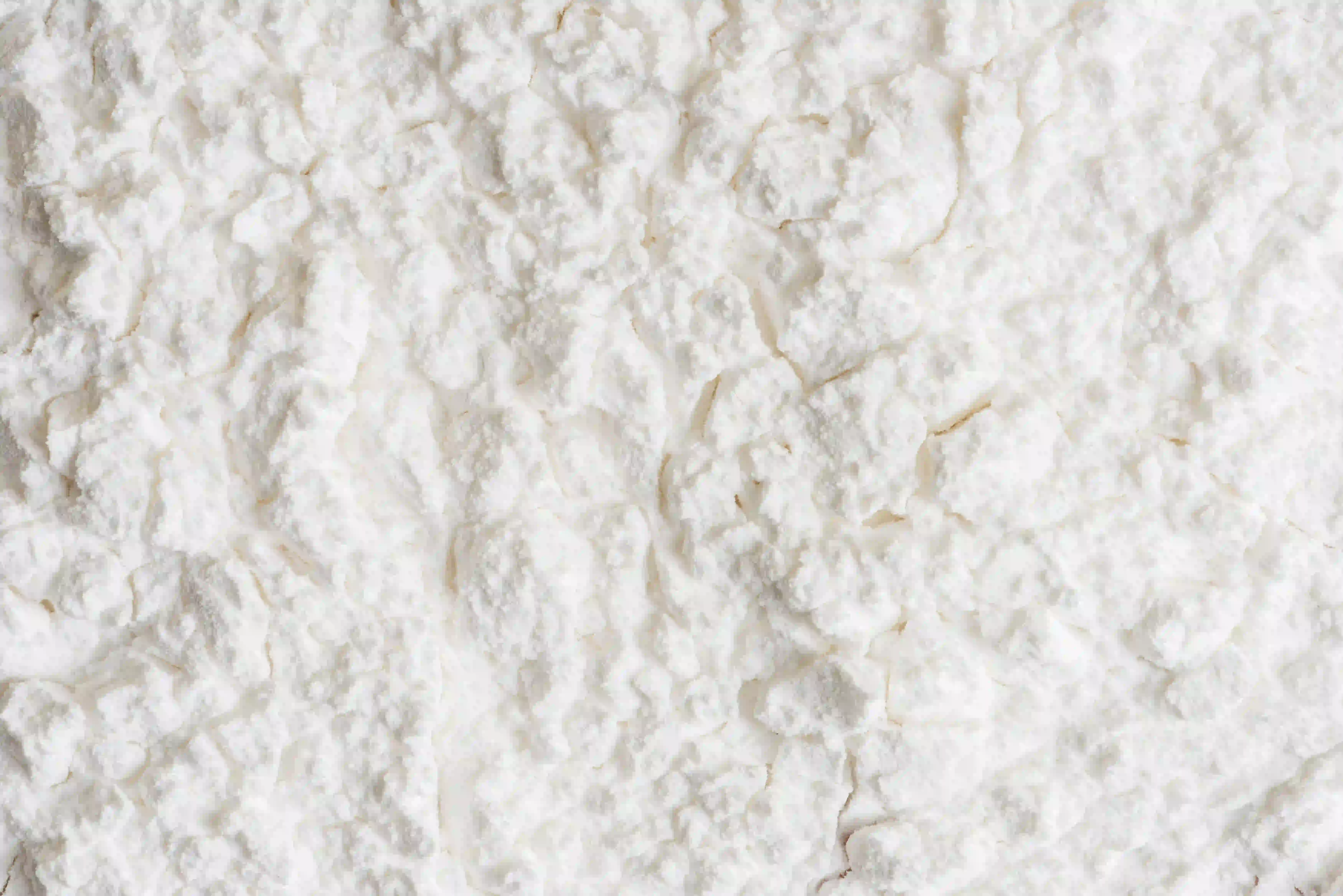IUPAC Name
Potassium alum
Cas Number
7784-24-9
HS Code
2833.30.30
Formula
AlK(SO4)2·12H2O
Appearance
White Powder
Common Names
Potassium aluminium sulfate, Alum potassium, Potassium alum
Packaging
50 kg PP Bag
Alum refers to a class of compounds with the general molecular formula AB(SO4)2•12H2O, where A is a monovalent cation and B is a trivalent cation. In some industries, “alum” may refer to different chmical compounds. For example, in the paper industry, “alum” can be known as aluminum sulfate (or papermaker’s alum) while in the medical industry, alum is referred as aluminium hydroxide. In this case, we will define “Alum” as hydrated potassium aluminum sulfate or potassium alum, which has the molecular formula of KAl(SO4)2•12H2O. Potassium aluminium sulfate, commonly known as potash alum, is a white crystalline double sulfate compound with formula AlK(SO4)2·12H2O. It is soluble in water. It is a hygroscopic material which when exposed to air, hydrates (absorbs water). Depending on the amount of water molecules present, these hydrates are represented by the chemical formulas AlK(SO4)2·12H2O or K2SO4Al2(SO4)3·24H2O. The powder form has a melting point of 92.5°C and can be readily dissolved in water. Additionally, this material has a property known as astringency which is an ability to constrict body tissues, and restrict the flow of blood. Alum is water-soluble and liquefies upon heating. Under continuous heating, the water of crystallization is drive off and the salt froths and swells, resulting in an amorphous powder. Alum is also acidic.
Historically, alum can be used to treat water and serves as a cure for tonsillitis. However, it has been almost completely replaced by aluminum phosphate and aluminum hydroxide in commercial vaccines. Currently, it is used in various applications, for example as an astringent, antisepsis in food preparation and as a flocculent in purifying water.
The mineral bauxite or clays are used to obtain alum by gentle calcination. It involves mixing the starting material with sulfuric acid. The resulting mixture is gradually heated to boiling point and is allowed to stand for a period of time. This will give us a clear solution where potassium sulfate will be added and allowed to crystalize.
When cryolite is involved, cryolite is mixed with calcium carbonate and then heated. The resulting odium aluminate is extracted using water and then precipitated using sodium bicarbonate or carbon dioxide. The precipitate obtained is dissolved in sulfuric acid before adding appropriate amount of potassium sulfate for crystallization.
The mineral alunite is calcined and exposed to the weathering action of air, and it is constantly kept moisturised with water to allow alunite to become in its powdered form. The powder is then separated into its constituents using hot water and sulfuric acid. The mother liquor is decanted and the resulting alum is crystallized.
Another method of production involves converting aluminium sulfate to potassium aluminium sulfate by adding potassium sulfate. Potassium aluminium sulfate can also be found occurring naturally in minerals such as alunite and kalinite. Commercially available potassium aluminium sulfate is called potassium alum, potash alum, alum flour, or alum meal.
Alum is used in the paper industry as a paper sizing and retention agent. Sizing the paper involves imparting the paper with an increased resistance against penetration of water or aqueous liquids. This prevents inks from blurring and feathering on the paper and this also retains the strength of the paper with an increase of water resistance. When used with rosin which imparts moisture resistance in paper, alum precipitates the rosin size on the pulp fibers before paper formation.
As a flocculent, alum is also helpful in the purification and treatment of water, as the negatively charged colloids clump together to form “flocs” which can be easily separated from water.
Due to their antiseptic and antibacterial properties, it is used in cosmetics and pharmaceuticals as astringents.
Alum serves as food preservative, and is widely applied in pickled food. It is employed as a flame retardant in fire extinguishers and treats materials such as paper to increase fire resistance. Moreover, it can be applied in tanning leather.
